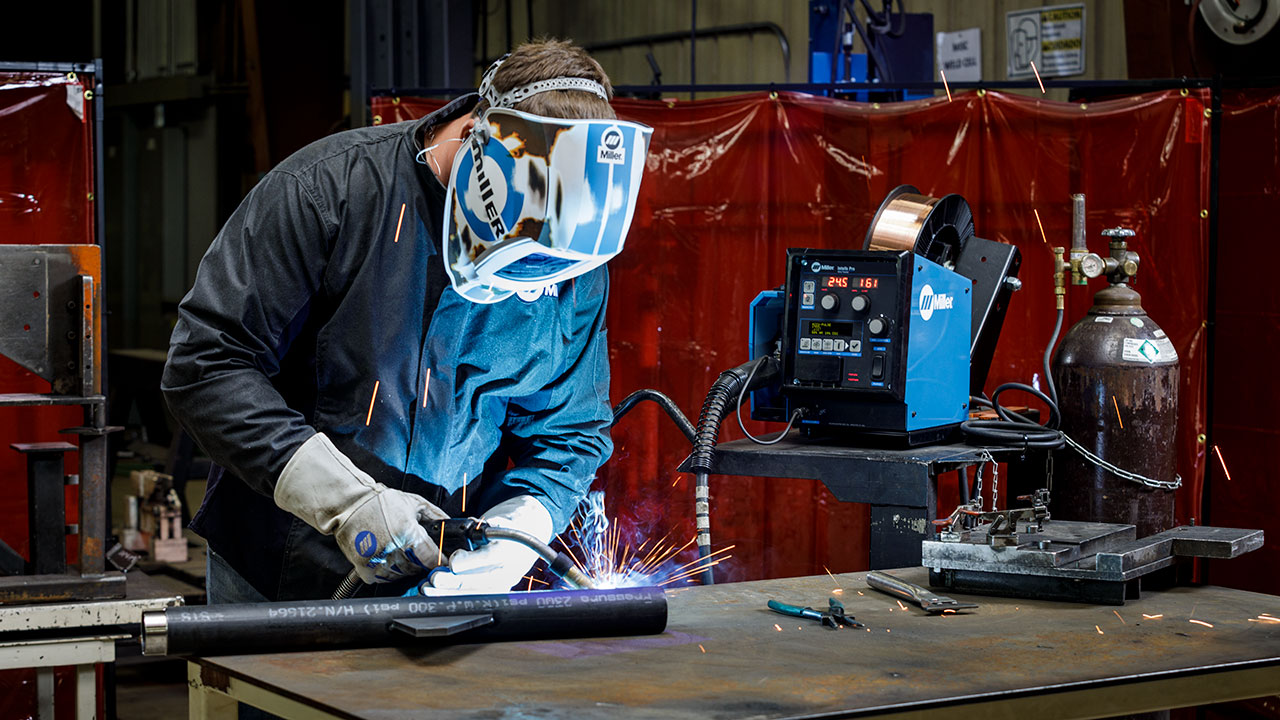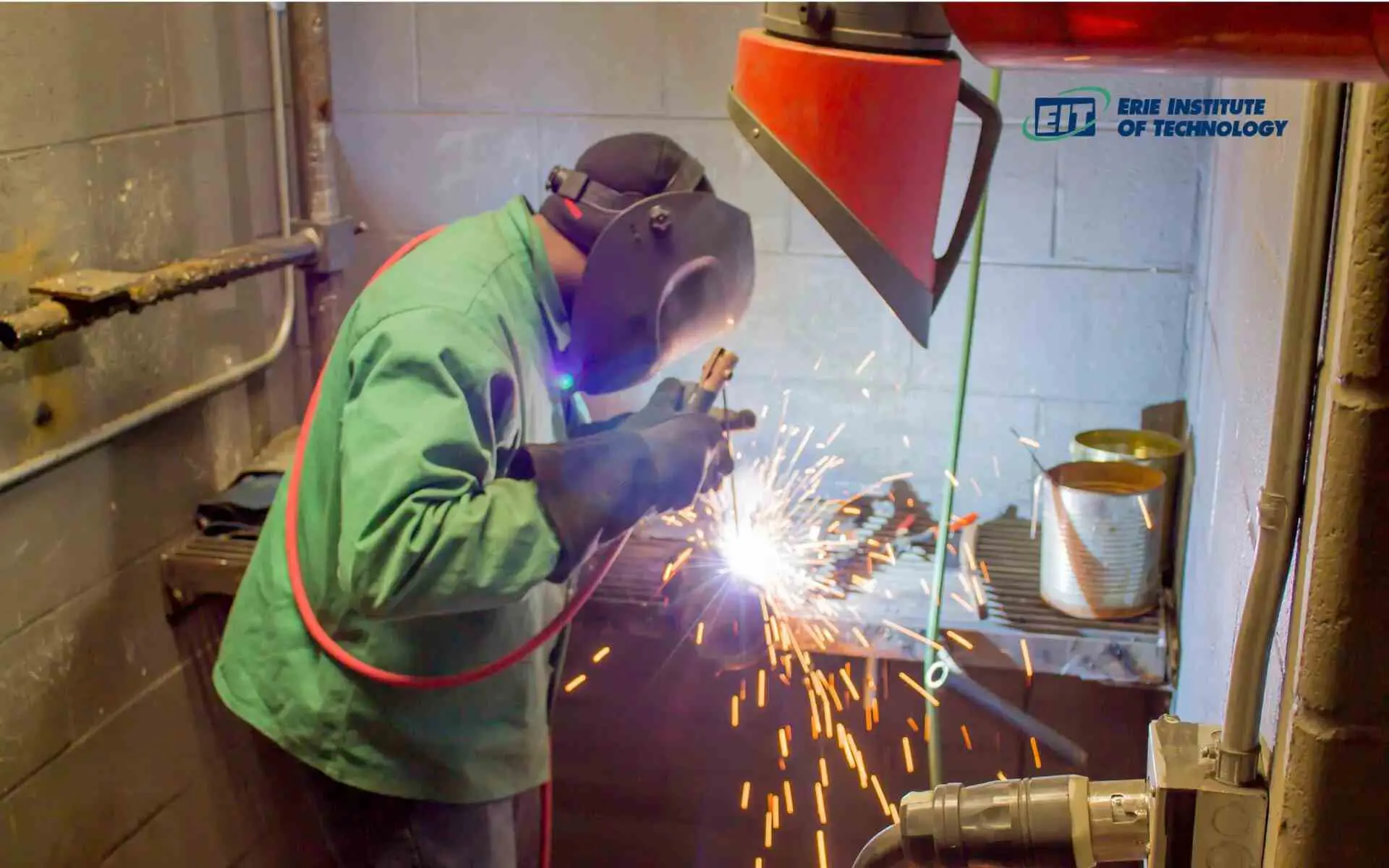Recognizing Welding WPS: Comprehensive Guide for Welders
Recognizing Welding WPS: Comprehensive Guide for Welders
Blog Article
The Ultimate Guide to Welding WPS Procedures: A Comprehensive Summary for Welders
In the elaborate world of welding, Welding Treatment Requirements (WPS) work as the backbone of making sure top quality, consistency, and safety in welding procedures. Comprehending the subtleties of developing, implementing, and checking WPS treatments is necessary for welders aiming to boost their craft and meet market standards. As we explore the different elements of a WPS and explore the complexities of certification and qualification, we will certainly uncover the vital duty these procedures play in the realm of welding. Let's get started on a journey to untangle the intricacies and significance of WPS procedures in welding techniques.
Value of WPS Procedures
Understanding the relevance of Welding Procedure Requirements (WPS) treatments is vital for guaranteeing the high quality and integrity of welded structures. WPS procedures work as a roadmap for welders, laying out the needed actions, parameters, and materials required to achieve a sound weld. By adhering to WPS standards, welders can make sure uniformity in their job, bring about structurally sound and reputable welds.
One of the main factors why WPS procedures are necessary is their function in maintaining weld quality and integrity. Complying with the defined welding criteria and strategies detailed in the WPS aids prevent problems such as porosity, breaking, or incomplete combination, which can jeopardize the toughness and sturdiness of the weld.

Components of a WPS
A Welding Treatment Requirements (WPS) commonly consists of vital components that information the specific needs for executing a weld, making sure uniformity and top quality in the welding procedure. The essential parts of a WPS include necessary variables such as base metals, filler metals, interpass and preheat temperatures, welding procedures, shielding gases, welding positions, and post-weld warmth treatment demands.
Base metals refer to the materials being joined, while filler steels are used to fill the space between the base metals during welding. The welding process details the certain strategy to be made use of, whether it's gas steel arc welding (GMAW), protected metal arc welding (SMAW), or one more technique. Welding placements specify the orientations in which welding can be performed.

Certification and Accreditation
Having developed the essential parts of a Welding Treatment Spec (WPS), the emphasis now moves towards the important facets of credentials and qualification in welding practices.

Qualification, on the have a peek at this site various other hand, is the formal recognition of a welder's certifications by a pertinent qualification body or organization. Welding certifications are usually based upon the specific welding processes, products, and positions a welder is certified to collaborate with. Holding a valid welding qualification demonstrates that a welder meets sector requirements and is experienced to do welding tasks to the required requirements.
Producing a WPS
To create a Welding Treatment Spec (WPS) that meets market criteria, mindful factor to consider of welding processes, materials, and functional criteria is important (welding WPS). The very first step in developing a WPS is to determine the welding process to be used, such as gas metal arc welding (GMAW) or protected steel arc welding (SMAW) When the welding procedure is established, the following important element is selecting the appropriate materials, thinking about elements like base metal kind, thickness, and joint design. Functional parameters such as welding existing, voltage, travel rate, and protecting gas composition should also be diligently defined in the WPS.

Implementing and Keeping Track Of WPS
Upon wrapping up the extensive Welding Procedure Requirements (WPS) that thoroughly details welding procedures, materials, functional criteria, and quality assurance measures, the emphasis changes to properly implementing and keeping track of the well-known treatments. Execution entails making sure that all welders involved in the task are familiar with the WPS and follow it thoroughly throughout the welding procedure. Effective implementation and monitoring of the WPS are important for making sure the integrity, strength, and security of the welded joints, ultimately adding to the general success of the welding job.
Verdict
Finally, understanding and adhering to Welding Procedure Requirements (WPS) is vital for welders to make certain quality, consistency, and security in their job. By understanding the components of a WPS, acquiring proper credentials and certifications, producing thorough procedures, and applying and monitoring them properly, welders can enhance their skills and efficiency in welding practices. Sticking to WPS procedures is crucial for creating top quality welds and meeting sector standards.
In the intricate globe of welding, Welding Treatment Specifications (WPS) serve as the backbone of guaranteeing top quality, consistency, and security in welding procedures. The welding procedure outlines the specific method to be utilized, whether it's gas metal arc welding (GMAW), shielded metal arc welding (SMAW), or one more method.To develop a Welding Procedure Requirements (WPS) that fulfills market requirements, cautious consideration of welding procedures, materials, and functional criteria is crucial. The first step in producing a WPS is to identify the welding procedure to be made use of, such as gas metal arc welding (GMAW) or protected steel arc welding (SMAW)Upon wrapping up the thorough Welding Treatment Spec (WPS) that meticulously details welding processes, products, functional parameters, and quality guarantee procedures, the focus shifts to successfully applying and monitoring the established procedures.
Report this page